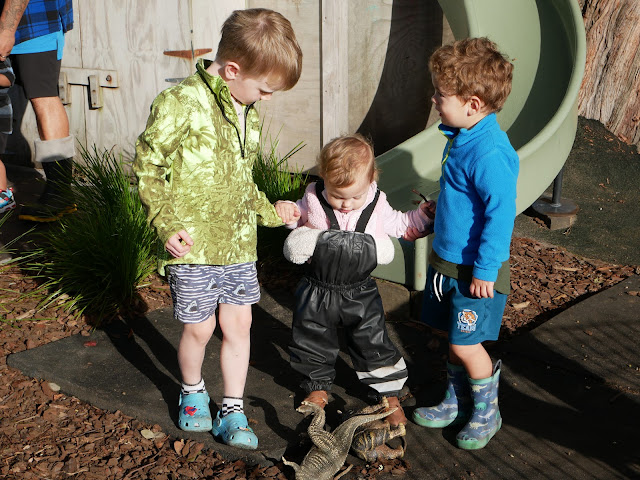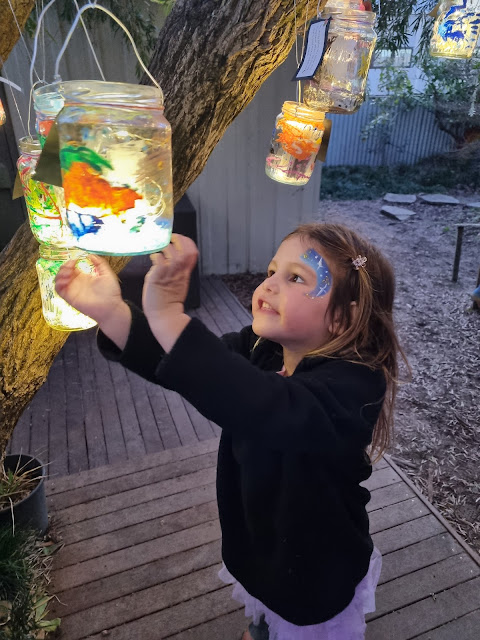Here at Bream Bay Kindergarten we love an opportunity for learning and fun. When one of our whanau mentioned that they were soon to be looking after a small lamb we jumped at the chance to create an intentional learning experience for our tamariki.
So began Lamb watching, following a similar format to the Tirohanga o te Ao Baby watching except with a lamb!
It has been a joy to welcome 'Sheepy' to kindergarten each week. The children are loving it. For some children this is an opportunity to see a lamb up close for the very first time! And it is very surprising for many!
The lamb comes in with his whanau and we spend time observing and noticing everything about him. Through this experience children are developing their observation skills as they notice the details of the lamb in front of them. They observe the lamb - how it moves, where it goes, what does it explore and as it makes sounds.
Why does it run when there's a big sound?
Why does it nibble the book?
Why does it make that sound when it can't see its mother?
Where is its mother?
Why does it cuddle Mateo's Mum?
Through these experiences tamariki develop new understandings, new ideas and new language. They hear others ideas and assimilate that to what they themselves know and work to establish ideas and understandings that make sense - growing working theories of the world around them.
Observing the lamb presents to children many opportunities - especially to grow their language. As they share their ideas and thoughts about how its feeling, what its doing, what it wants. Promoting an increase in their everyday language, expressive language and children's emotional literacy language too.
Indeed the social emotional development that comes from noticing and recognising how others feel (including lambs!) fuels tamariki understandings of their own feelings and emotions. Empathy and care for others and living things is important to develop and grow children's understandings, allowing them to draw on prior experiences and develop deeper thoughts on this idea.
Lamb watching also quickly develops understandings around what is and isn't tolerable behaviour for a lamb. How we influence others ...why does the lamb run away when I move suddenly? Why does it run away when I shout? Tamariki are naturally curious and these wonderings about the lamb in turn creates thoughts about connections to nature and the world around us.
Children have been sharing their ideas and thoughts about the lamb with teachers:
Maria Montessori once said that "the goal of early childhood should be to activate the child's own natural desire to learn. What the hand does, the mind remembers". This reflects the belief that it is hands on learning and the innate curiosity of the child that lays the foundation of all that is meaningful for tamariki and their lifelong learning. indeed, Charlotte Mason said "Children are born with all the curiosity they will ever need. It will last a lifetime if they are fed upon a daily diet of ideas".
Here at Bream Bay Kindergarten we think Tirohanga o te Ao - Lamb watching definitely fits the brief!





















































